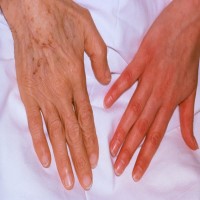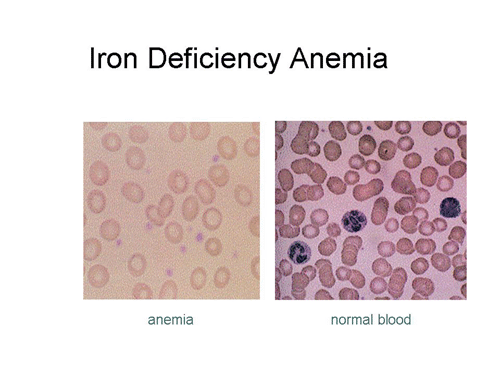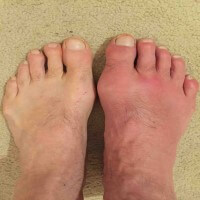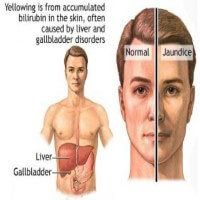Anemia

Anemia is the most common blood condition that occurs due to the reduction of healthy red blood cells in the blood. There are many types of anemia with different causes and treatments; some are even hereditary and terminal. Iron deficiency anemia is one of the most common forms of anemia. In very severe anemia, the body may compensate for the lack of oxygen-carrying capability of the blood by increasing cardiac output. The patient may have symptoms related to this, such as palpitations, angina, and symptoms of heart failure.
Ayurvedic Description Of Anemia
In Ayurveda, Anemia is called as Pandu Roga as the complexion of a person turns pale. It involves the vitiation of all the three doshas while pitta being dominant. It is generally caused due to dietary insufficiency and improper lifestyle.
Signs & Symptoms
- Body pallor
- Fatigue
- General Malaise
- Poor Concentration
- Dyspnea
- Weakness
Causes and Risk Factors
1. Dietary Factors
The selection of foods that are consistently low in iron, vitamin B-12 and folate increases the chances of anemia.
2. Medical Conditions
Some intestinal disorders such as Crohn’s disease and celiac disease that affect the absorption of nutrients in the small intestine also put people at the risk of anemia.
3. Menstruation
In general, women who haven’t experienced menopause have a greater risk of iron deficiency anemia than postmenopausal women. This is because menstruation causes the loss of red blood cells and leave women in the anemic condition who already have low hemoglobin.
4. Pregnancy
During pregnancy, the non-consumption of multivitamins with folic acid can put pregnant women at an increased risk of anemia.
5. Chronic conditions
Chronic conditions like cancer, kidney failure etc. may put the patients at the risk of anemia. Also, chronic blood loss from an ulcer or other source within the body can deplete the body’s store of iron, leading to iron deficiency anemia.
6. Family history
– If the family has a history of inherited anemia, such as sickle cell anemia, the chances of suffering from anemia also get increased.
7. Other factors
A history of certain infections, blood diseases and autoimmune disorders, alcoholism, exposure to toxic chemicals, and the use of some medications can affect red blood cell production and lead to anemia. People above 65 years are at an increased risk of anemia.
Self Care Tips
- Eat green and leafy vegetables, wheat germ, dried fruit and iron-fortified cereals that are good sources of iron, foods high in Vitamin-C like citrus fruits, tomatoes and strawberries help in increasing the absorption of iron from food.
- Limit the use of tea as it contains tannins and other chemical substances that can inhibit iron absorption. The consumption of herbal tea is helpful though.
- Increase dietary fiber to prevent constipation.
- Eat good food sources of folic acid daily, eat fresh, uncooked fruits and vegetables often. Don’t overcook food as heat destroys folic acid.
- Avoid smoking and consumption of alcoholic beverages as both these increase the need for vitamins in the already deficient body with vitamins.
With certain changes in diet and with the help of natural food supplements, anemia can be treated properly.







